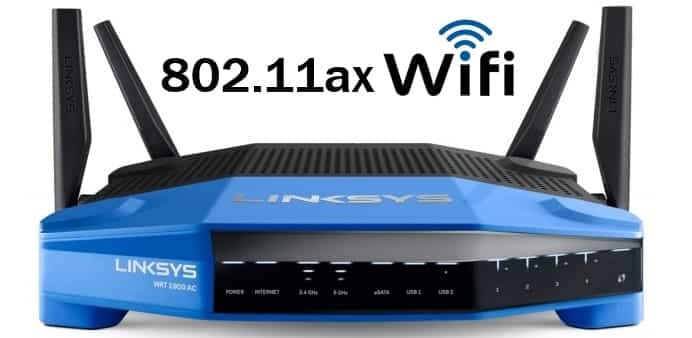What are Wi-Fi standards and how do they influence how we use the Internet?
IEEE called the Wi-Fi standard as802.11after the name of the group formed to oversee its development.
IEEE then introduced the 802.11b Wi-Fi standard in July 1999.

This new WLAN could support bandwidth up to 11 Mbps, comparable to traditional Ethernet.
The 802.11b used the same radio signaling frequency (2.4 GHz) as the original 802.11 standard.
Even as 802.11b was in development, IEEE created a second extension to the original 802.11 standard called 802.11a.

Because 802.11b gained in popularity much faster than did 802.11a.
Unlike 802.11a, 802.11g used the 2.4 GHz frequency for greater range.
In 2009, IEEE introduced 802.11n Wi-Fi standard which is also called Wireless N online grid.
The new standard also increased the bandwidth speed to a whopping 300 Mbps.
After years of using 802.11n, IEEE finally introduced the 802.11ac Wi-Fi standard that we use today in 2013.
Though it was developed in 2008, IEEE took a whole 5 years to commercialize the specification.
802.11ac finally broke the 1 gigs barrier and supported dual-band wireless technology.
which means that we could connect to the Internet both on the 2.4 GHz and 5 GHz Wi-Fi bands.
What is 802.11ax and how is it different from the earlier 802.11ac standard?
The equivalent 802.11ac connection will be 866 Mbps.
A 44 MIMO environment would result in a total capacity of about 14 Gbps.
A client machine that supported two or three streams would easily top 1 Gbps or much more.
Regardless of the channel size, 802.11ax will provide a huge boost in speed and total capacity.
802.11ax uses OFDMA which lets each channel to be chopped up into hundreds of smaller sub-channels.
The new Wi-Fi standard has a new feature called wake time scheduling.
This enables APs to tell clients when to go to sleep and provides a schedule of when to wake.
source: www.techworm.net